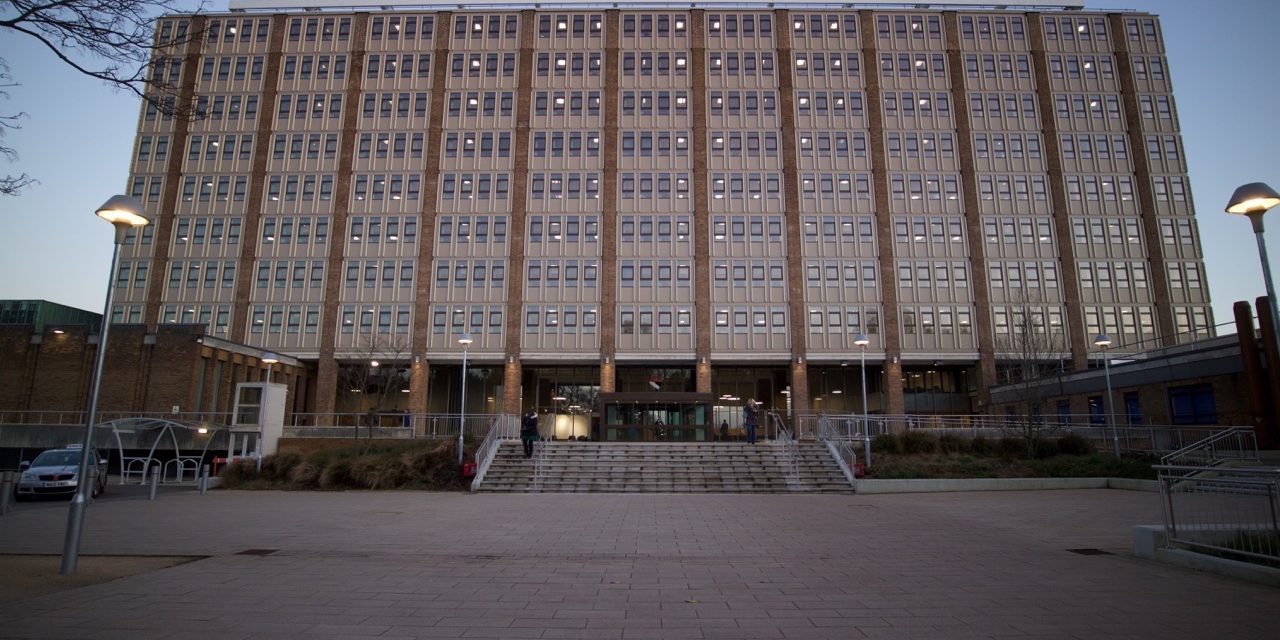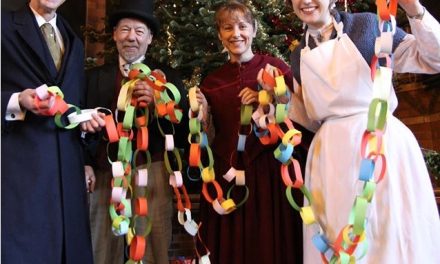PUBLIC INFORMATION:
With snow already falling in some parts of the county Norfolk County Council is reminding people to #drivetoarrive. People can find useful advice and regular gritting updates on the authority’s social media channels using the #norfolkwinter hashtag on Twitter and on the Norfolk Facebook page www.facebook.com/norfolkcc.
Nick Tupper, Norfolk County Council’s Assistant Director, Highways, said drivers could well find themselves facing road conditions they had not encountered for several years. He urged them to allow more time and take extra care: “We’ve been working to prepare for the days ahead and this has already seen our crews out gritting every day for the last seven days which means we’ve already got a good layer of salt on all our gritting routes. If necessary we will fit snow ploughs to the gritters and we can call on local farmers to help with clearing snow on the minor road network.
“However it’s a myth that snow won’t settle on treated roads as heavy snow falling on a salted road causes a rapid drop in road surface temperature. Salt then becomes less effective at melting the snow and ice, so even treated roads can become snow covered. In time treated roads will clear down to the asphalt again, but it often takes the action of traffic – especially heavy vehicles – to speed up the process. And in severe cold weather when the temperature drops below approximately -7’C, even salt will not prevent the roads from icing. So people need to take extra care and make sure they drive to arrive.”
Norfolk County Council currently has approximately 16,000 tonnes of salt stocked in the county which is enough for about 50 gritting runs. These salt stocks are replenished on a daily basis during the winter through a long-term contract the council has with its supplier Compass Minerals.
People can check which roads are on the council’s gritting routes for the 2017/18 season by looking at the map at www.norfolk.gov.uk/gritting. On the same map people can find the locations of more than 1,800 grit bins in the county which people can use to treat public pavements, cycle paths and roads.
Last winter many people helped keep pavements and public spaces around their homes clear of snow. However, many people were put off doing so because of fears of being sued. People should not be deterred from performing a socially responsible act, such as clearing a path of snow, by the fear that someone may subsequently get injured slipping on the path. Though the person clearing the snow does have responsibilities when doing the job, mainly to ensure that they are not making the area more dangerous, it is important to note that those walking on snow and ice have responsibilities themselves. A common sense approach is encouraged.
For lots more information about keeping safe and well in winter weather and for updates on any service disruptions, visit www.norfolk.gov.uk/norfolkwinter
• Total length of county highway network: 5,965 miles
• Length of priority (1&2) gritting routes: 2,083 miles (37%)
• Number of gritting routes: 49
• Time taken for full treatment: 3 hours
• Average cost per action: £40,000 (including fixed costs)
Latest facts and figures:
• 82 gritting runs so far this year including the 3am action this morning (Mon 26 Feb)
• 49 gritters with snowploughing equipment if necessary for priority routes (if you live on a gritting route and we are ploughing, we do need more room than usual to get past so please park vehicles considerately)
• Continually replenishing salt stocks with 26 loads arriving today (Mon 26 Feb)
• Contact to be made today with local farmers to be on standby with snowploughs if required
• Over 1800 Grit Bins across the county refilled within the last 2 weeks to aid with self help
In prolonged severe wintry weather, priority 3 roads are treated as resources allow.
The Highways Agency treats the A11 and A47 trunk roads (143 miles)
In snow, the council can call upon 90 farmers to snow plough local roads.






Recent Comments